Reviewed: 28
This is a practical guide to Surface Science for researchers working in the Chemicals Industry.
In this all-new guide you’ll learn all about:
Let’s dive right in.
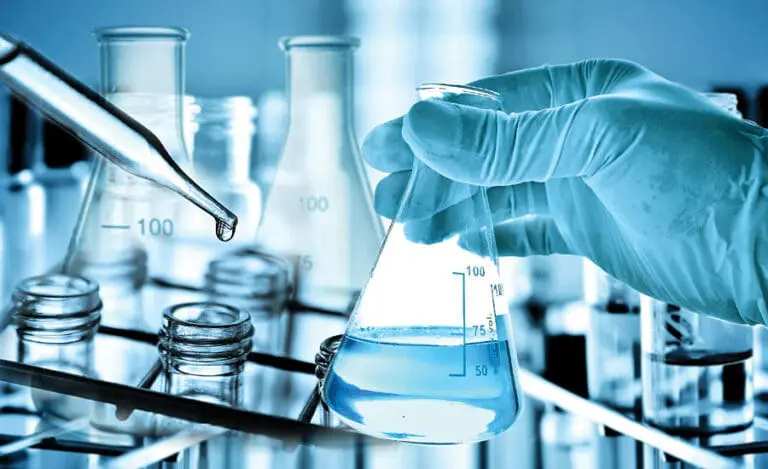
The surface properties of materials significantly impact the chemical industry, influencing product quality, performance, and consumer satisfaction. Understanding surface tension, contact angle, sliding angle, and surface energy enables the development of chemicals and materials with superior adhesion, dispersibility, and stability.
In addressing the chemical industry’s challenges—such as creating high-performance products, and ensuring product stability and longevity—precision, innovation, and efficiency are essential. Surface science offers critical insights into surface interactions, interfacial phenomena, and material compatibility, providing a foundation for optimizing chemical production methodologies.
We use the important surface properties below to understand the behavior of Chemicals products and improve their quality.
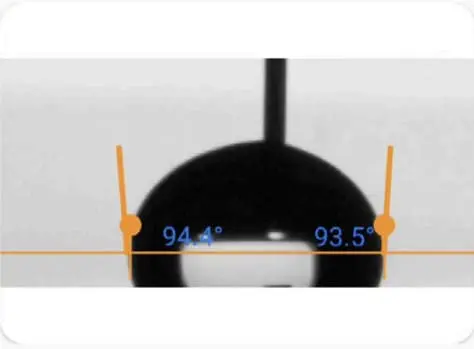
Young – Laplace Method
Polynomial Method
Dynamic Contact Angle
Ideally, when we place a drop on a solid surface, a unique angle exists between the liquid and the solid surface. We can calculate the value of this ideal contact angle (the so-called Young’s contact angle) using Young’s equation. In practice, due to surface geometry, roughness, heterogeneity, contamination, and deformation, the contact angle value on a surface is not necessarily unique but falls within a range. We call this range’s upper and lower limits the advancing contact angle and the receding contact angle, respectively. The values of advancing and receding contact angles for a solid surface are also very sensitive. They can be affected by many parameters, such as temperature, humidity, homogeneity, and minute contamination of the surface and liquid. For example, the advancing and receding contact angles of a surface can differ at different locations.
Practical surfaces and coatings naturally show contact angle hysteresis, indicating a range of equilibrium values. When we measure static contact angles, we get a single value within this range. Solely relying on static measurements poses problems, like poor repeatability and incomplete surface assessment regarding adhesion, cleanliness, roughness, and homogeneity.
In practical applications, we need to understand a surface’s liquid spreading ease (advancing angle) and removal ease (receding angle), such as in painting and cleaning. Measuring advancing and receding angles offers a holistic view of liquid-solid interaction, unlike static measurements, which yield an arbitrary value within the range.
This insight is crucial for real-world surfaces with variations, roughness, and dynamics, aiding industries like cosmetics, materials science, and biotechnology in designing effective surfaces and optimizing processes.
Learn how Contact Angle measurement is done on our Tensiometer
For a more complete understanding of Contact Angle measurement, read our Contact Angle measurement: The Definitive Guide
This property measures the force that acts on the surface of a liquid, aiming to minimize its surface area.
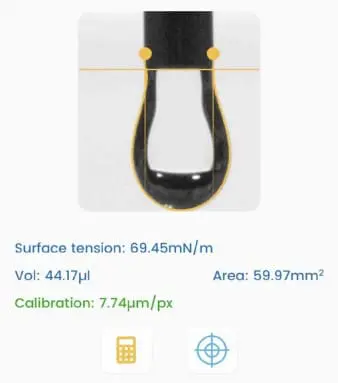
Dynamic Surface Tension
Dynamic surface tension differs from static surface tension, which refers to the surface energy per unit area (or force acting per unit length along the edge of a liquid surface).
Static surface tension characterizes the equilibrium state of the liquid interface, while dynamic surface tension accounts for the kinetics of changes at the interface. These changes could involve the presence of surfactants, additives, or variations in temperature, pressure, and composition at the interface.
Dynamic surface tension is essential for processes that involve rapid changes at the liquid-gas or liquid-liquid interface, such as droplet and bubble formation or coalescence (change of surface area), behavior of foams, and drying of paints (change of composition, e.g., evaporation of solvent). We measure it by analyzing the shape of a hanging droplet over time.
Dynamic surface tension applies to various industries, including cosmetics, coatings, pharmaceuticals, paint, food and beverage, and industrial processes, where understanding and controlling the behavior of liquid interfaces is essential for product quality and process efficiency.
Learn how Surface Tension measurement is done on our Tensiometer
For a more complete understanding of Surface Energy measurement, read our Surface Tension measurement: The Definitive Guide
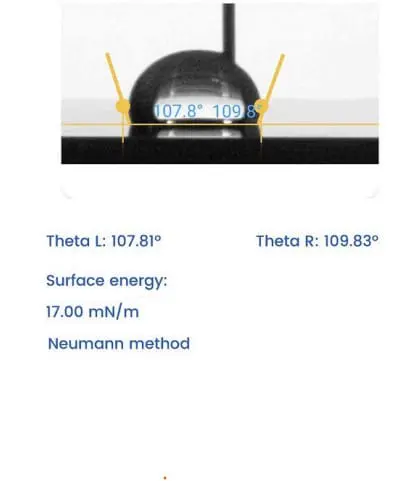
Learn how Surface Energy measurement is done on our Tensiometer
For a more complete understanding of Surface Energy measurement, read our Surface Energy measurement: The Definitive Guide
The sliding angle measures the angle at which a liquid film slides over a solid surface. It is commonly employed to assess the slip resistance of a surface.
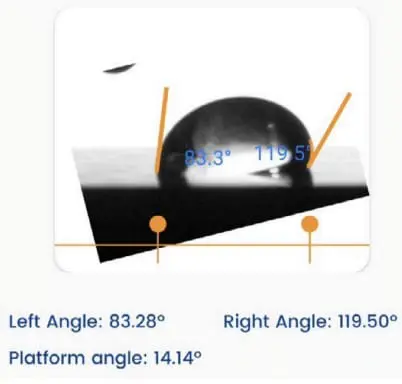
Learn how Sliding Angle measurement is done on our Tensiometer
For a more complete understanding of Sliding Angle measurement, read our Sliding Angle Measurement: The Definitive Guide
Within the Chemicals industry, several case studies exemplify the advantages of conducting surface property measurements.
In the dynamic and ever-evolving chemical industry, achieving a uniform dispersion of nanoparticles is a challenging task that often determines the effectiveness of a formulation. Imagine a scenario where nanoparticles, commonly used to enhance the performance or appearance of a product, tend to aggregate, leading to non-uniform distributions within the formulation. This aggregation not only reduces the product’s efficacy but also poses challenges in the manufacturing process.
By precisely manipulating surface properties such as wettability and surface energy, nanoparticles can achieve a homogeneous dispersion throughout the formulation. This uniform dispersion is crucial for ensuring consistent product quality and performance. The benefits of this precise control go beyond achieving uniformity. Improved nanoparticle dispersibility enhances product stability, shelf life, and overall effectiveness, providing a significant competitive advantage in the market.
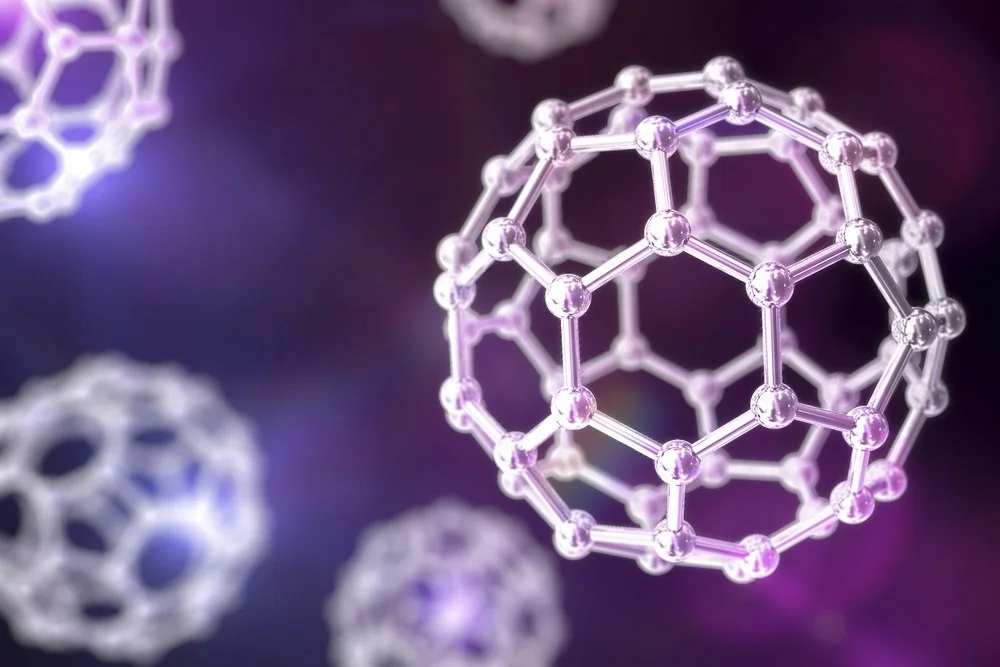
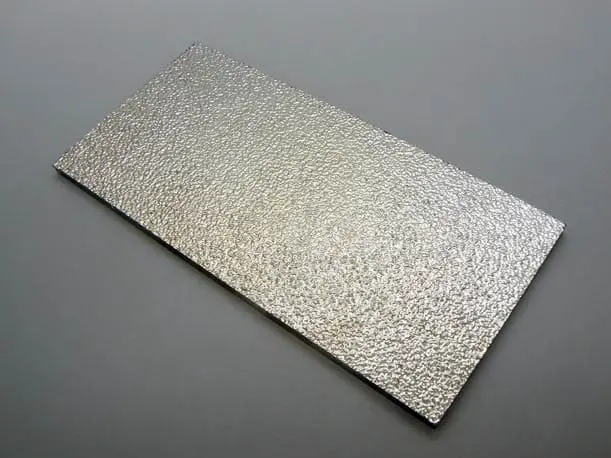
In the field of coatings and adhesives, adhesion is critically important as it can significantly impact a product’s effectiveness. Consider a situation where the bonding between a coating and its underlying substrate is suboptimal, leading to issues such as peeling, delamination, or reduced longevity. By accurately measuring contact angles and understanding the interactions at the interface between the coating and substrate, you can make informed decisions on modifying surface properties.
Enhanced adhesion is achieved by strategically adjusting the surface properties of coatings to increase compatibility with substrates. This not only improves the product’s performance but also extends its lifespan, enhancing the durability and efficacy of products across various industries, including automotive, construction, and others that heavily rely on coatings and adhesives.
A chemical company faces the challenge of transitioning to sustainable methodologies amid growing environmental concerns, stringent regulations, and shifting customer preferences towards eco-friendly products. To tackle this challenge, the company leverages surface science as a transformative tool.
Contact angle and surface tension measurements play a crucial role in this transition by providing precise insights into the surface properties of materials. These measurements help the company evaluate and optimize the wetting characteristics and interactions of raw materials, leading to the development of more efficient catalysts. By understanding and manipulating these surface properties, researchers can enhance catalyst efficiency, reduce waste, and lower energy consumption, aligning with sustainable production principles.
As a result, the company significantly reduces its environmental impact, surpasses regulatory requirements, and positions itself as a leader in environmentally responsible chemical manufacturing. This shift not only benefits the environment but also leads to cost savings, market expansion, and a strengthened brand image, as consumers increasingly favor products that adhere to sustainability standards.

If you are interested in implementing these or any other applications, please contact us.
In an industry where precision reigns supreme, where do Chemicals manufacturers turn to ensure their products can survive scrutiny? The answer lies in standards and guidelines: the compass that guides cosmetics manufacturers through the complex maze of quality and performance.
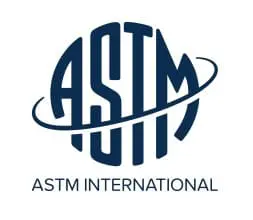
Indirectly related to surface science and the characteristics of material surfaces, even while the primary emphasis of ASTM F3122-14(2022) is on assessing the mechanical properties of metal materials that have been generated by additive manufacturing procedures, the standard does include this topic. During the process of additive manufacturing, individual layers of material are deposited in order to construct the end product. When it comes to establishing the mechanical qualities and surface quality of the produced product, these layers, and more specifically the interfaces that separate them, play an extremely important role.
We hope this guide showed you how to apply surface science in cosmetics industry.
Now we’d like to turn it over to you:
Droplet Lab was founded in 2016 by Dr. Alidad Amirfazli, faculty member at York University, and two of his researchers, Dr. Huanchen Chen and Dr. Jesus L. Muros-Cobos.
Dropletlab © 2024 All Rights Reserved.